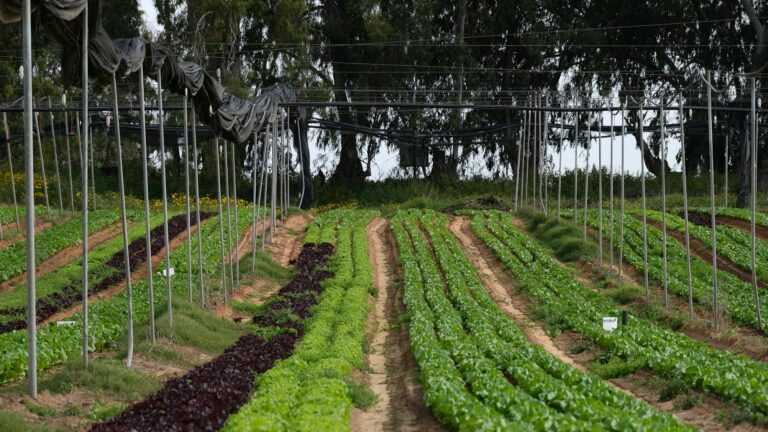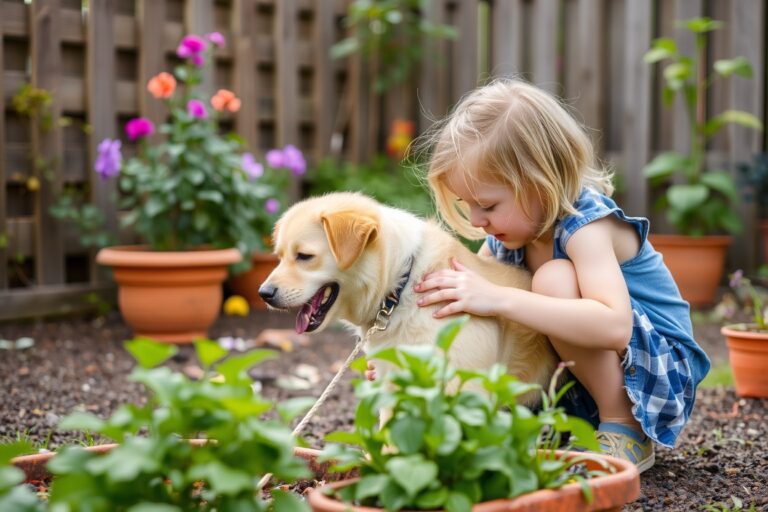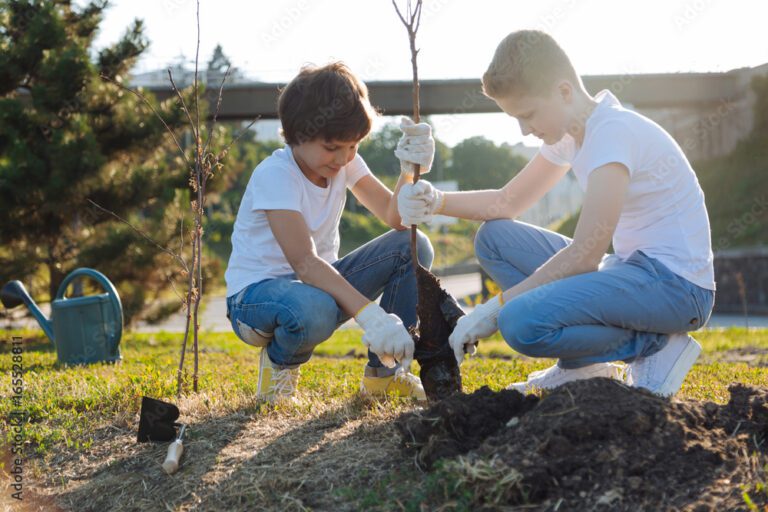![]()
7 Easy DIY Organic Fertilizer Recipes for Healthy Plants
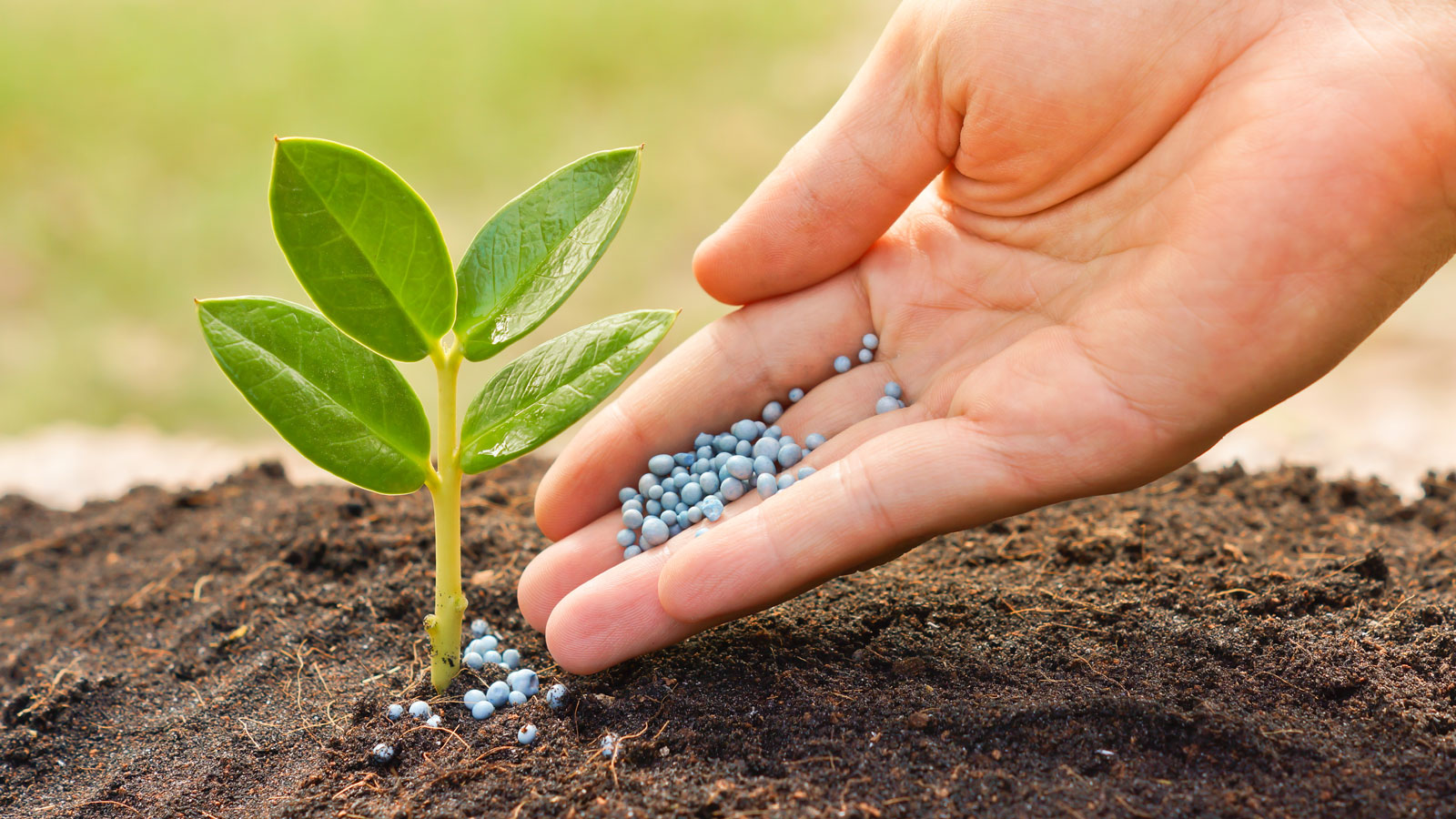
Why Organic Fertilizer Recipes Are Better Than Chemical Ones
Maintaining a thriving garden begins with healthy soil—and that starts with the right organic fertilizer recipes. Unlike synthetic fertilizers that may offer quick results but degrade the soil over time, these natural solutions nurture your garden sustainably. They work in harmony with nature, offering a continuous supply of nutrients while enhancing soil quality.
The best part? You don’t need to purchase commercial fertilizers. With just your everyday kitchen scraps—like banana peels or eggshells—you can create powerful homemade fertilizers that feed your plants and reduce household waste.
In this guide, you’ll discover seven simple, effective, and environmentally responsible organic fertilizer recipes that are not only budget-friendly but also nutrient-rich. Say goodbye to chemicals and hello to healthier, stronger plants!
Why Use Organic Fertilizer Recipes in Your Garden?
🌱 Improve Soil Health Naturally
Organic fertilizers enhance soil structure and fertility over time. Unlike synthetic options that provide temporary nourishment, natural fertilizers support a living soil ecosystem by encouraging beneficial microbes that convert organic matter into accessible nutrients.
♻️ Reduce Waste and Environmental Impact
Repurposing kitchen waste into homemade fertilizer is a sustainable practice. It reduces landfill contributions and turns waste into valuable plant nutrition—an eco-friendly cycle that benefits both your garden and the planet.
🌾 Deliver Essential Nutrients
Healthy plants rely on key nutrients:
- Nitrogen (N): Encourages lush, leafy growth
- Phosphorus (P): Boosts root strength and flower development
- Potassium (K): Supports fruit production and enhances disease resistance
Organic fertilizers deliver these nutrients in balanced, natural forms.
7 Easy Organic Fertilizer Recipes You Can Make at Home
🍌 1. Banana Peel Tea (Potassium-Rich)
Benefits: Banana peels are loaded with potassium and phosphorus—ideal for flowering and fruiting plants like tomatoes, roses, and peppers.
How to Use:
- Chop peels and bury them near plant roots.
- Or soak peels in water for 24–48 hours and use the liquid as banana peel tea
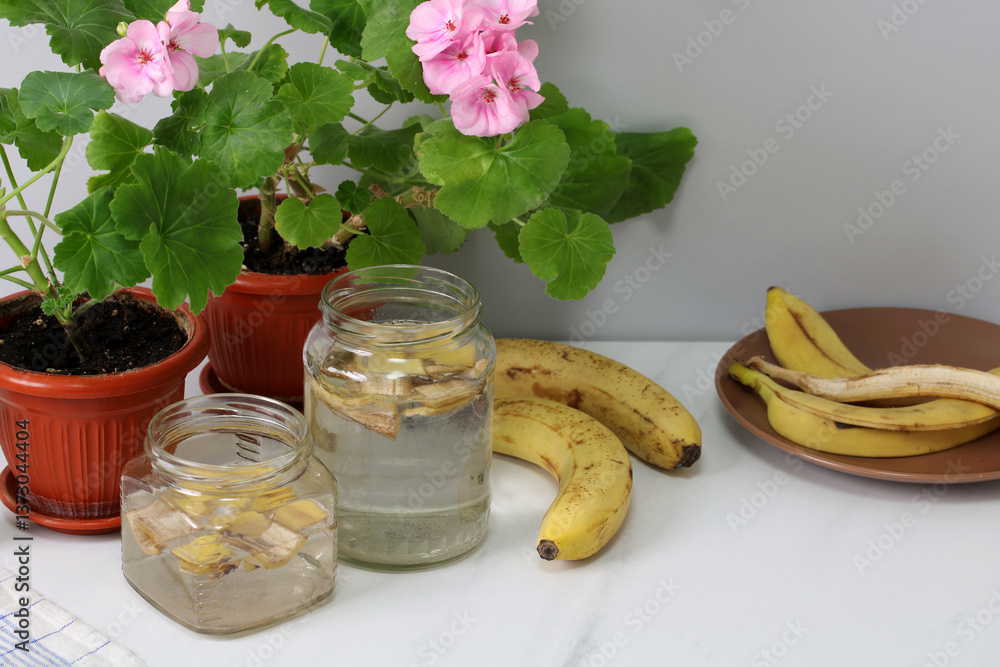
🥚 2. Eggshell Fertilizer (Calcium Source)
Benefits: Eggshells provide calcium, which helps prevent blossom-end rot in tomatoes, peppers, and squash.
How to Use:
- Crush and sprinkle around plants.
- Soak in water to create a liquid calcium solution.
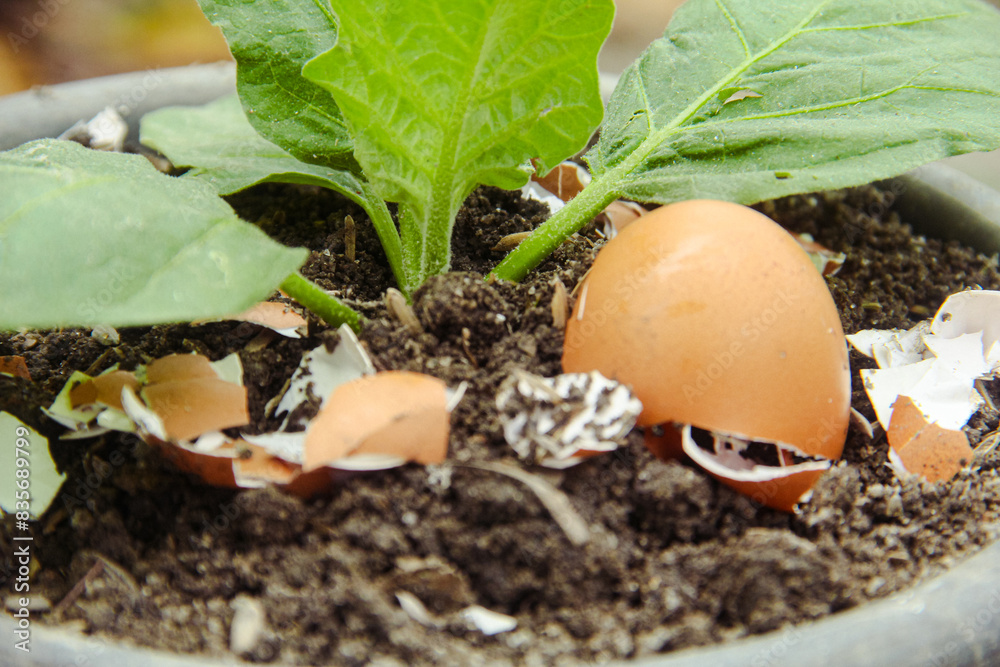
☕ 3. Coffee Grounds (Nitrogen Boost)
Benefits: Coffee grounds are nitrogen-rich and improve soil texture. Perfect for acid-loving plants like blueberries and azaleas.
How to Use:
- Sprinkle used grounds around plants.
- Add to compost to balance nitrogen levels.
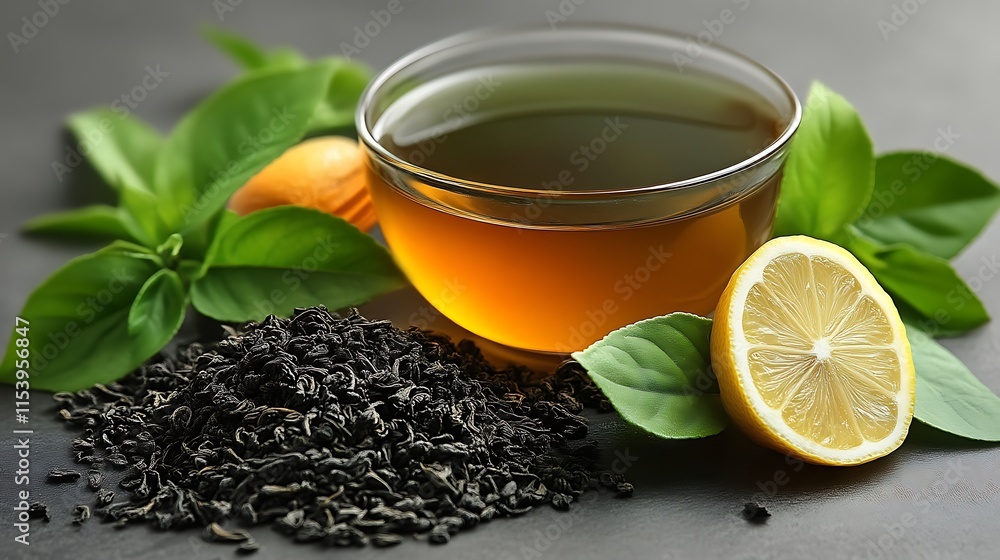
🧴 4. Compost Tea (Microbial Nutrient Blend)
Benefits: Compost tea delivers beneficial microbes and nutrients, boosting plant immunity and soil health.
How to Use:
- Mix 1 part compost with 5 parts water.
- Let steep for 24 hours, stirring occasionally.
- Strain and apply as a foliar spray or soil drench.
🍚 5. Rice Water (Growth Stimulator)
Benefits: Contains starch and trace minerals that encourage root development and support microbial activity.
How to Use:
- Use leftover, unsalted rice rinse or boiling water.
- Apply weekly to plants.
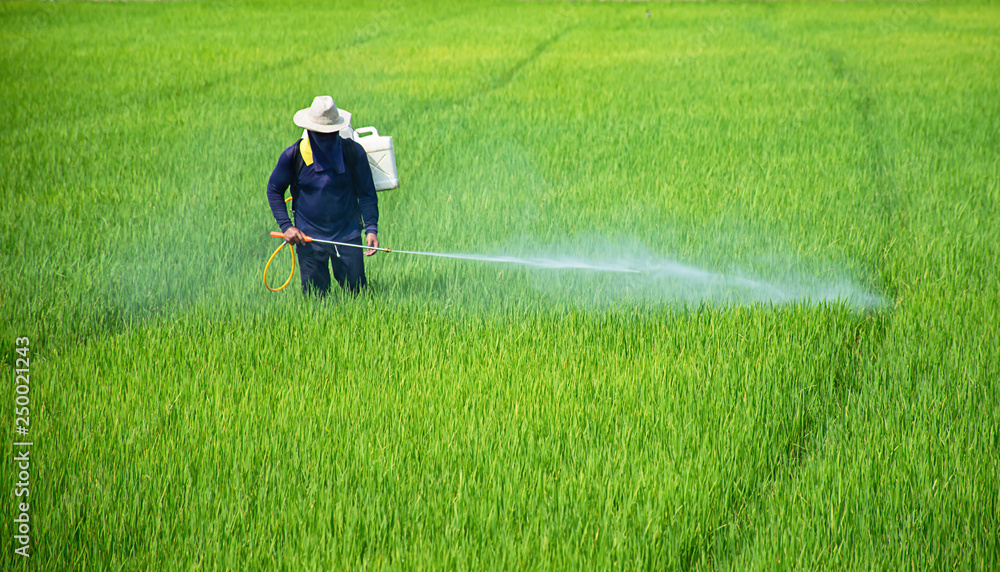
🔥 6. Wood Ash Fertilizer (pH Adjuster)
Benefits: Rich in potassium and calcium carbonate, wood ash neutralizes acidic soil. Best for lavender, lilacs, and similar plants.
How to Use:
- Sprinkle sparingly around plants.
- Mix with compost to prevent excessive alkalinity.

🍯 7. Molasses Fertilizer (Microbe Enhancer)
Benefits: Molasses feeds soil microbes that break down organic matter, increasing nutrient availability.
How to Use:
- Mix 1 tablespoon of molasses in 1 gallon of water.
- Apply monthly as a foliar spray or soil soak.
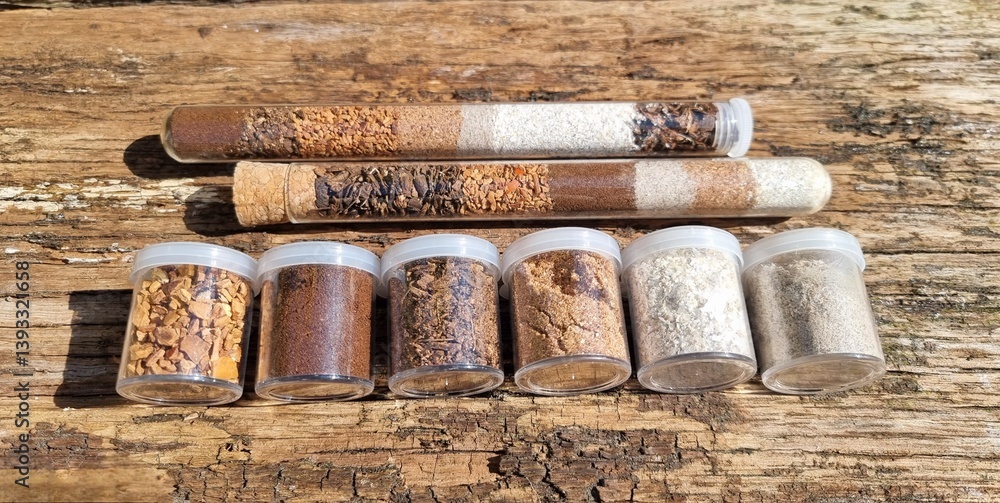
Best Practices for Using Organic Fertilizer Recipes
✅ Timing & Frequency
- Banana peel tea: Once a month
- Eggshells: Every few weeks
- Coffee grounds: Weekly for acid-loving plants
- Compost tea: Every two weeks
- Rice water: Weekly
- Wood ash: Every few months
- Molasses: Monthly
🌿 Smart Combinations
- Banana peels + eggshells: Ideal for fruiting plants
- Coffee grounds + compost tea: Great for leafy greens
- Wood ash + molasses: Balances soil nutrients and pH
❌ What to Avoid
- Excessive use of coffee grounds (may over-acidify soil)
- Applying wood ash to acid-loving plants
- Composting salty, oily, or animal-based food waste
Composting: The Foundation of Natural Fertilizers
♻️ Getting Started with Composting
- Use a bin or dedicate a garden spot.
- Alternate green (wet) waste—like veggie scraps—with brown (dry) waste—like paper or leaves.
- Turn regularly to aerate and speed decomposition.
🚫 What Not to Compost
- Meat, dairy, or oily foods (they attract pests)
- Chemically treated items (can harm soil life)
🌱 Why Compost Matters
- Enriches soil naturally
- Adds beneficial microbes
- Can be brewed into compost tea
Final Thoughts: Grow Green, Grow Smart
These easy-to-make organic fertilizer recipes help you cultivate a lush, healthy garden—while reducing waste and supporting sustainability. Whether you’re nurturing vegetables, flowers, or houseplants, your soil will thank you.
if you want to read more articles related to this topic, read the article below
7 Easy DIY Organic Fertilizer Recipes for Healthy Plants
http://7 Easy DIY Organic Fertilizer Recipes for Healthy Plants
Organic vs Chemical Fertilizers – Which is Better?
Have a favorite DIY fertilizer tip? Share it in the comments below—we’d love to hear from you!

